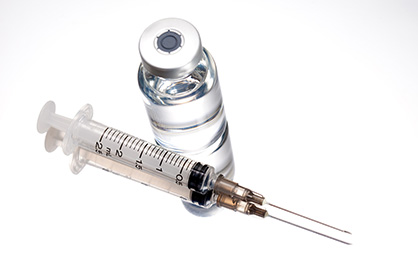Think Before You Reach For a NSAID
- What is the horse’s history?
- Is the diagnosis a simple lameness or could it be something else?
- What treatment options are available?
- What is the horse owner’s budget and resources?
If your veterinarian does recommend an NSAID, they’ll take into consideration:
- Has this horse been given this medication before?
- What dosage should the horse receive, and what is the best route of administration?
- What are the potential side effects of the treatment or medication?
The decision-making process can be complex, which is why most equine NSAIDs are available only with a prescription. If for some reason your horse does have a reaction or fails to improve, ensuring your veterinarian is fully aware of the situation will be a benefit.
Based on your horse’s exam, your veterinarian may suggest EQUIOXX® (firocoxib) to treat pain and inflammation associated with osteoarthritis. EQUIOXX is the first and only coxib NSAID approved for horses and is available in three formulations. EQIUOXX Injection, Oral Paste and Tablets provide a choice to fit you and your horse’s needs.
Regardless of discipline, from pleasure riding to top-level jumping, when your horse is lame, it can impact not only your short-term competitive goals but also your horse’s long-term health. So, before you reach for that old tube or bottle, talk to your veterinarian about all of your options to help effectively manage lameness, pain and inflammation in your horse.
IMPORTANT SAFETY INFORMATION
As with any prescription medication, prior to use, a veterinarian should perform a physical examination and review the horse’s medical history. A veterinarian should advise horse owners to observe for signs of potential drug toxicity. As a class, nonsteroidal anti‐inflammatory drugs may be associated with gastrointestinal, hepatic and renal toxicity. Use with other NSAIDs, corticosteroids or nephrotoxic medication should be avoided. EQUIOXX has not been tested in horses less than 1 year of age or in breeding horses, or pregnant or lactating mares. For additional information, please refer to the prescribing information or visit www.equioxx.com.
®EQUIOXX is a registered trademark of Merial. ©2017 Merial, Inc., Duluth, GA. Merial is now part of Boehringer Ingelheim. All rights reserved. EQUIEQX1627 (1/17)
1Andrews F, McConnico R. Cause for concern: Evidence that therapeutic dosing of nonselective NSAIDs contributes to gastrointestinal injury. Equine Vet Education.2009;21(12):663-664.











